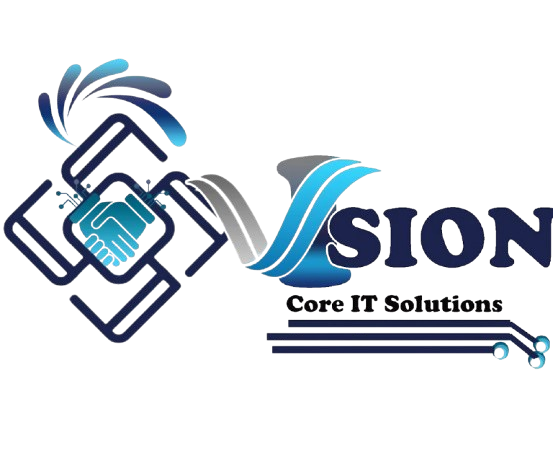Cloud-Native Development Course
In today’s fast-paced digital landscape, businesses need to be agile, scalable, and efficient in their software development practices. Cloud-Native Development Course has emerged as the answer to these demands, offering a transformative approach to building and deploying applications in the cloud. In this blog post, we will explore the essence of cloud-native development, its principles, benefits, and how it’s reshaping the world of software engineering.
Understanding Cloud-Native Development Course
What is Cloud-Native?
Cloud-native refers to an approach to software development that leverages cloud computing infrastructure and services from the ground up. It is characterized by a set of principles and practices that enable developers to build, deploy, and manage applications that are designed specifically for cloud environments.
Key Principles of Cloud-Native Development:
Microservices Architecture: Applications are broken down into smaller, independently deployable microservices. This modular approach enhances scalability, maintainability, and flexibility.
Containerization: Containers, such as Docker, are used to package applications and their dependencies. Containers provide consistency across different environments, making it easier to develop and deploy applications.
Orchestration: Tools like Kubernetes orchestrate the deployment, scaling, and management of containers. They ensure high availability and fault tolerance.
Continuous Integration/Continuous Deployment (CI/CD): CI/CD pipelines automate the building, testing, and deployment of code changes, allowing for rapid and reliable releases.
DevOps and Automation: Cloud-native development embraces a DevOps culture, emphasizing collaboration between development and operations teams and automating repetitive tasks.
Benefits of Cloud-Native Development:
Scalability: Cloud-native applications can easily scale up or down based on demand, ensuring optimal performance and cost-efficiency.
Reliability and Resilience: With container orchestration and microservices, applications are highly available and fault-tolerant, reducing downtime.
Faster Time-to-Market: CI/CD pipelines and automation accelerate development and deployment cycles, enabling quicker feature delivery.
Cost-Efficiency: Cloud-native development allows organizations to pay only for the resources they use, reducing infrastructure costs.
Improved Resource Utilization: Containers optimize resource utilization, allowing more efficient use of computing resources.
- Elasticity: Applications can automatically adjust resources to handle varying workloads, optimizing performance and cost.
Industries Embracing Cloud-Native Development:
Finance: Financial institutions use cloud-native development to create real-time trading platforms, fraud detection systems, and customer-facing apps.
Healthcare: Electronic health record systems, telemedicine platforms, and healthcare analytics benefit from cloud-native architecture.
Retail: E-commerce platforms leverage cloud-native development for scalability during peak shopping seasons.
Gaming: Online gaming companies use cloud-native approaches for multiplayer games, game analytics, and content delivery.
- Manufacturing: IoT-connected factories and supply chain optimization rely on cloud-native solutions.
Conclusion:
Cloud-native development is not just a trend; it’s a fundamental shift in how applications are designed, developed, and deployed. It empowers businesses to be more agile, reliable, and cost-effective in an increasingly competitive digital landscape. As organizations continue to embrace cloud-native principles and technologies, we can expect to see a wave of innovation and growth that will shape the future of software development. The era of cloud-native is here, and its potential is boundless..
